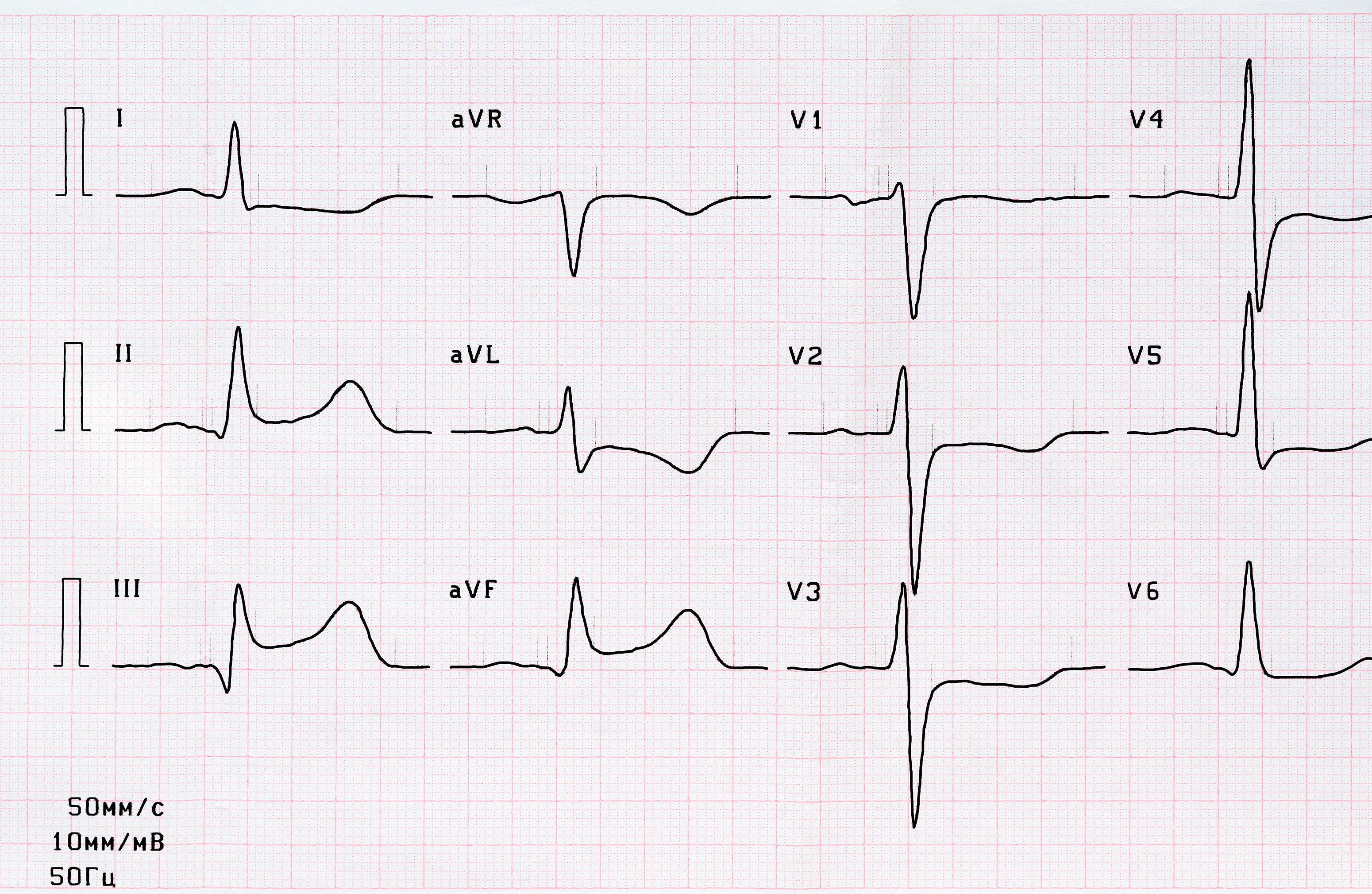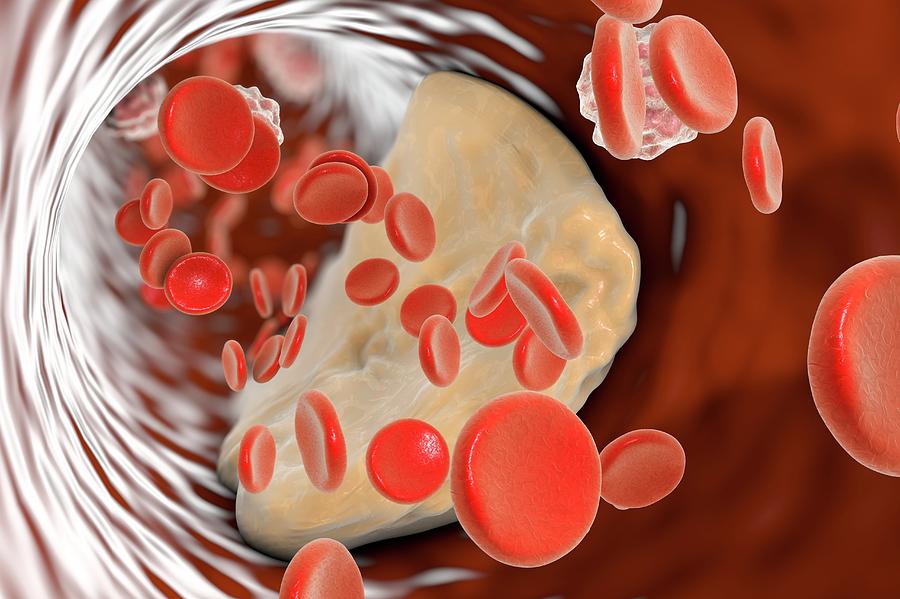A secondary analysis of the COMPASS trial showed that the benefit of combining rivaroxaban 2.5mg twice daily and aspirin is preserved in patients with moderate renal dysfunction. Dr. Keith A.A. Fox demonstrated in the study published in the Journal of the American College of Cardiology that these patients did not have an excess risk of bleeding.
Chronic kidney disease has been associated with an increased risk of both thromboembolism and bleeding. Previous studies have shown that there is a higher risk of bleeding with other anticoagulants. The balance of risk versus benefit for antithrombotic treatment in patients with renal impairment has not been well studied. The COMPASS (Cardiovascular Outcomes for People Using Anticoagulation Strategies) showed that when compared to aspirin alone, aspirin and rivaroxaban (2.5 mg twice daily) reduced cardiovascular outcomes and increased major bleeding in patients with stable atherosclerotic disease. The investigators also showed that rivaroxaban 5mg twice daily did not reduce cardiovascular outcomes but increased risk of major bleeding.
 [perfectpullquote align=”full” bordertop=”false” cite=”” link=”” color=”” class=”” size=””]“The clinical interpretation of these findings is that the benefits of the dual-pathway COMPASS regimen are maintained, proportionately, in those with moderate renal dysfunction. There is no evidence of an excess hazard of bleeding among those with moderate renal dysfunction and the dual-pathway COMPASS regimen. The absolute treatment effects are numerically greater among those with moderate renal dysfunction where event rates are higher, and the absolute difference in major bleeding was similar for those with preserved or moderately impaired renal function.” – Keith A. A. Fox, M.B.Ch.B.[/perfectpullquote]
[perfectpullquote align=”full” bordertop=”false” cite=”” link=”” color=”” class=”” size=””]“The clinical interpretation of these findings is that the benefits of the dual-pathway COMPASS regimen are maintained, proportionately, in those with moderate renal dysfunction. There is no evidence of an excess hazard of bleeding among those with moderate renal dysfunction and the dual-pathway COMPASS regimen. The absolute treatment effects are numerically greater among those with moderate renal dysfunction where event rates are higher, and the absolute difference in major bleeding was similar for those with preserved or moderately impaired renal function.” – Keith A. A. Fox, M.B.Ch.B.[/perfectpullquote]
In this sub-study, the authors investigated the safety and efficacy of reducing dose rivaroxaban (2.5 mg twice daily) and aspirin and compared it to aspirin alone. The main efficacy outcome of this trial was a composite of cardiovascular death, myocardial infarction or stroke. The safety outcome included major bleeding (as per the modified International Society on Thrombosis and Hemostasis criteria), fatal bleeding, and intracranial bleeding. Patients in the study were categorized according to the severity of renal disease (estimated glomerular filtration rate (GFR) <60 and ≥ 60ml/min). The relationship between GFR, as a continuous variable, and the outcome was also investigated.
Out of the 21,111 patients in COMPASS that had an estimated GFR at baseline, 6,276 patients had a GFR of < 60 ml/min. The primary efficacy outcome and bleeding rate was higher in patients with renal dysfunction as compared to those with normal renal function. However, the primary outcome was reduced in the combined rivaroxaban and aspirin group (GFR ≥ 60 ml/min, 3.5% rivaroxaban plus aspirin, 4.5% aspirin alone, hazard ratio [HR]: 0.76, 95% confidence interval [CI]: 0.64 to 0.90; GFR <60 ml/min, 6.4% rivaroxaban plus aspirin, 8.4% aspirin alone, HR: 0.75; 95% CI: 0.60 to 0.94. Additionally, bleeding was more frequent in the rivaroxaban plus aspirin group in patients with and without renal impairment (2.9% rivaroxaban plus aspirin, 1.6% aspirin alone, HR: 1.81; 95% CI: 1.44 to 2.28) and similarly in those with GFR<60 ml/min (3.9% rivaroxaban plus aspirin, 2.7% aspirin alone, HR: 1.47, 95% CI: 1.05 to 2.07).
Considering the approximately 30% of rivaroxaban in the system is cleared unchanged by the kidneys, the question of whether the treatment effect is preserved, both in terms of safety and outcome, was not known prior to this study. The authors demonstrated that although the rates of both safety and recurrent events was higher in patients with moderate renal impairment, the relative treatment effects between both groups was preserved. However, it is important to consider that there were very few patients with a GFR of less than 30ml/min at baseline. When discussing the results of the article, Dr. Fox wrote, “The clinical interpretation of these findings is that the benefits of the dual-pathway COMPASS regimen are maintained, proportionately, in those with moderate renal dysfunction. There is no evidence of an excess hazard of bleeding among those with moderate renal dysfunction and the dual-pathway COMPASS regimen. The absolute treatment effects are numerically greater among those with moderate renal dysfunction where event rates are higher, and the absolute difference in major bleeding was similar for those with preserved or moderately impaired renal function. Thus, the findings suggest that the absolute net treatment benefits are consistent and there is no excess bleeding hazard in those with moderate renal dysfunction.”
In an editorial published with the study, Dr. Manesh Patel highlighted both the findings and possible implications of the study. He said, “These findings provide insights and should direct our care in patients with chronic vascular disease on several fronts. First, renal dysfunction or CKD is functioning as a coronary artery disease equivalent, with the rate of MACE events nearly doubling in patients with chronic CAD and PAD. In essence, renal dysfunction could be considered a marker of “polyvascular” disease carrying a similar risk to patients with evidence of atherosclerosis in more than 1 clinical vascular bed. This recognition is important, as measures of CKD and health system data on populations of patients at risk for atherothrombotic events could be identified using this single marker. Second, renal dysfunction is also a marker of bleeding risk, with many of the underlying comorbidities associated with renal dysfunction leading to higher rates of bleeding in patients with vascular disease.”





